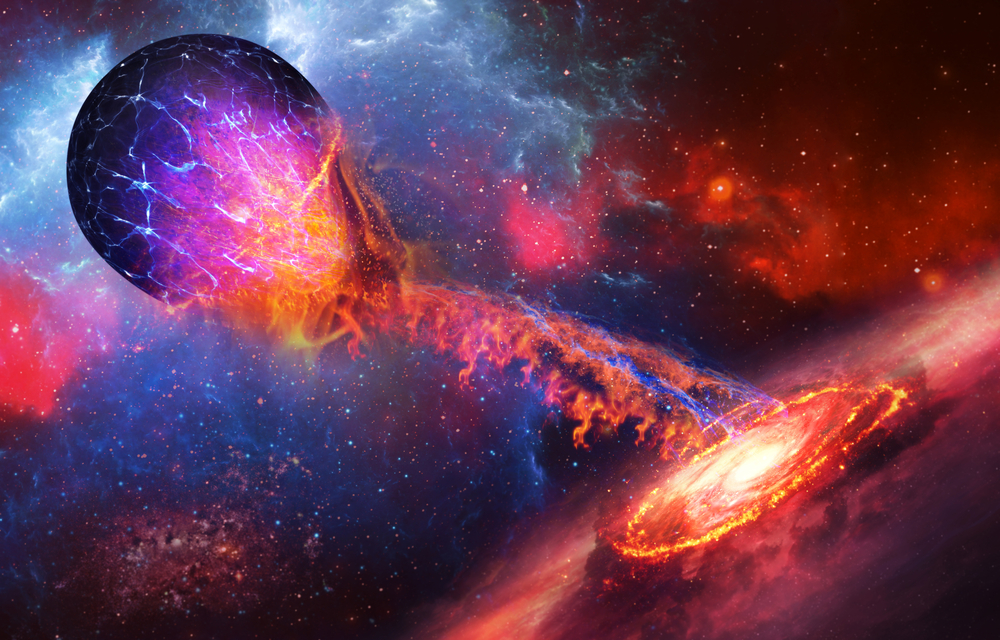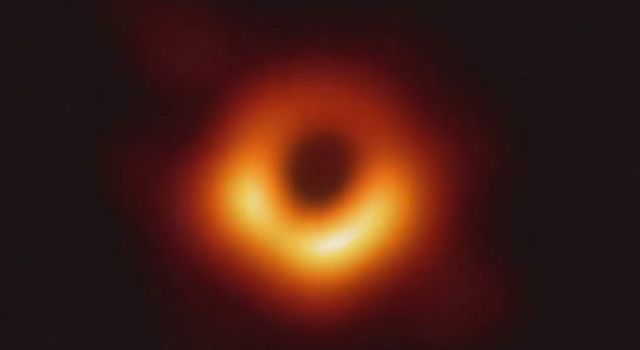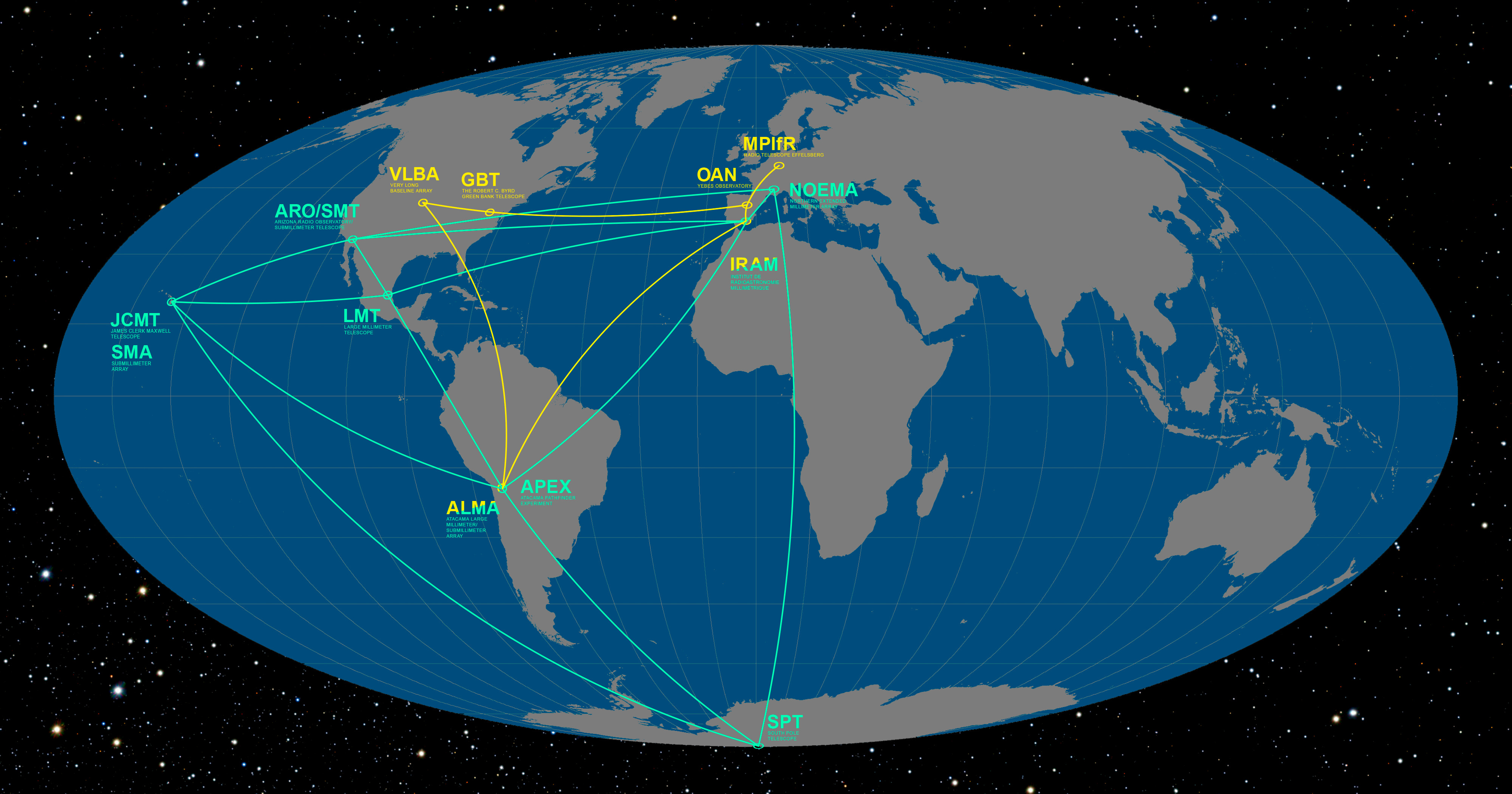
On April 10, 2019, a momentous event took place in the realm of astrophysics—the first image of a black hole in human history was captured.
The remarkable feat was achieved through the collaborative efforts of the Event Horizon Telescope Collaboration (EHT), an international network of eight linked telescopes strategically positioned around the world. Over 200 dedicated researchers participated in this groundbreaking project, investing more than a decade of hard work to capture this historic image. The venture’s name, “Event Horizon Telescope,” is derived from the event horizon, a theoretical boundary around a black hole where nothing, not even light or radiation, can escape its gravitational pull.

The momentous achievement was published in the prestigious Astrophysical Journal Letters alongside six research papers, solidifying its significance in the scientific community. The Astrophysical Journal itself is a peer-reviewed scientific journal, founded back in 1895 by the American astronomers George Ellery Hale and James Edward Keeler. It remains a prominent platform for publishing cutting-edge research in the fields of astronomy and astrophysics, releasing three 500-page issues each month.

The term “Event Horizon” represents the boundary of a black hole, a region that is completely dark and exhibits an immensely strong gravitational pull. This phenomenon occurs when the surface of a collapsing star reaches a radius where light can no longer escape, aptly known as the Schwarzschild Radius. In theory, any mass can potentially become a black hole if compressed within its own Schwarzschild Radius.

At the core of a black hole lies the enigmatic Space-time Singularity—a region of infinite density and gravitational pull. Any object moving towards the center of a black hole will be crushed to an unimaginable state of density due to the overwhelming gravitational forces at play.

The discovery of the first image of a black hole and the subsequent research papers have contributed significantly to our understanding of these mysterious cosmic entities. It has unveiled the awe-inspiring nature of the universe and expanded our knowledge of the most enigmatic phenomena that exist within it. The findings serve as a testament to the power of human ingenuity and collaborative efforts in unraveling the secrets of the cosmos. As we continue to explore and uncover the mysteries of black holes and other celestial wonders, we gain deeper insights into the profound complexities that govern the vast expanse of space.












